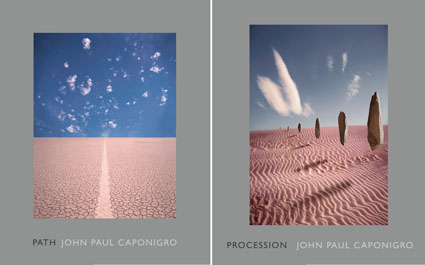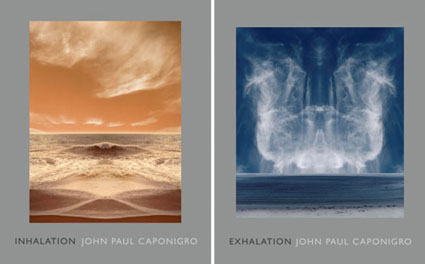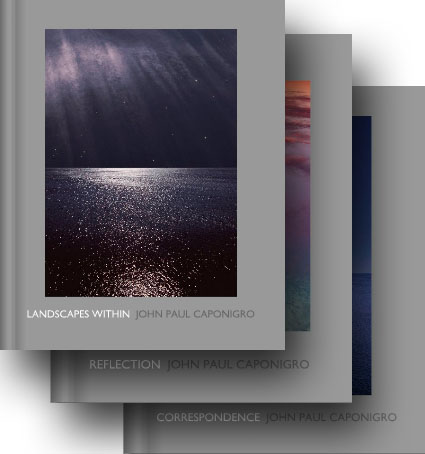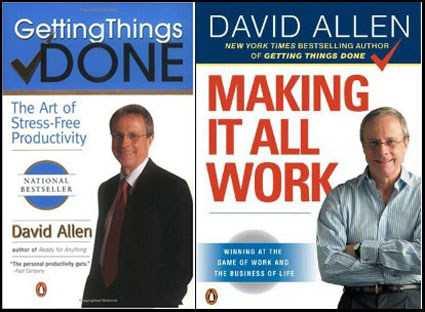A Quick Q&A On The Importance Of Photo Editing With Sarah Leen
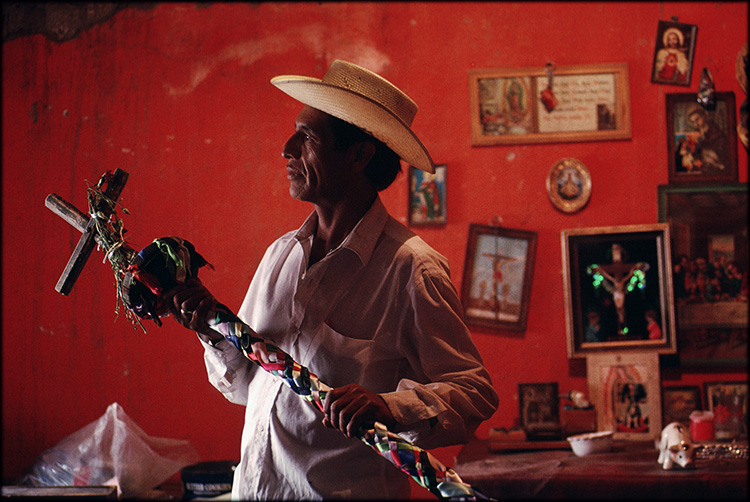
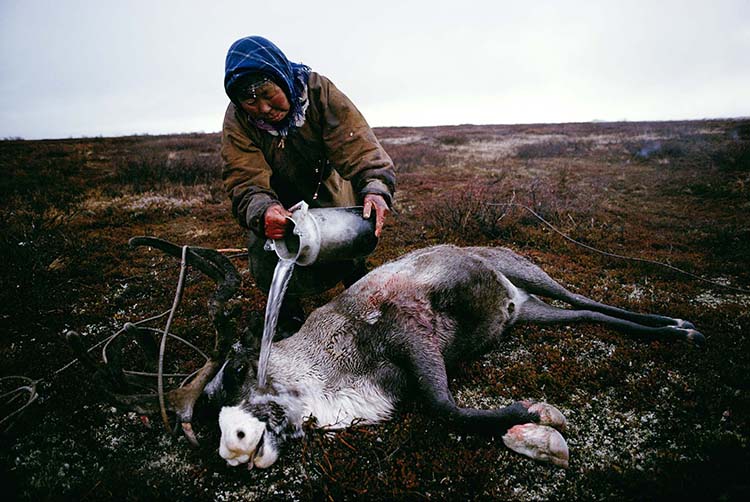
Tuesday, December 14, 6:00-7:00 pm (Mountain Time)
Creativity Continues at Santa Fe Workshops with The Art of Visual Storytelling, a conversation between photo editor Sarah Leen and photographic artist John Paul Caponigro.
Register for this free event now.
–
Sarah Leen offers many insights into the importance of photo editing.
What are some of the benefits of developing projects?
It is to the photographer’s advantage to work on something they feel passionate about. It can lead to the creation of a body of work that might draw in clients, exhibits or assignments that could support the project. Be the captain of your own fate!
Are you more satisfied with a single image or a project?
A project can give me a better idea of how the photographer’s mind works, and it shows that they can sustain and accomplish a project from inception to completion. Out of the project comes the single images I like for my walls!
When you’re faced with many possibilities how do you recommend, we choose between possible projects?
What is the work you want to be known for? What is the work that you will do whether you are being paid or not? Follow your bliss and your passion for a project and you won’t go wrong.
How do you know you’re done?
Great question! Some projects are never done. They continue to evolve into another chapter or form. So, if it is helpful you might need to give yourself some deadlines. Ask yourself is it ready to become a book? An exhibition? A magazine story. This will help you focus your work and give you something to reach for and look forward to.
How often do you find that projects incorporate more than one form of presentation – website, audio-visual presentation, exhibit, publication, etc.
Often. A project can be, and perhaps should be, many things. There are so many ways to reach your audience and find new audiences for your work that utilizing more of them will help broaden the reach and audience for you work.
What are your thoughts on how much or how little text to include with photographs?
I like to know what I am looking at. That is the photojournalist in me. But, depending on the platform where the work will live, the information does not always need to be contiguous with the images. So, the information could be at the back of the book or in small text with the image or in the image catalog for the exhibition. Or in a separate document that comes with a print. Obviously, for an editorial use like a magazine or a website more information will be needed, and it would reside with the image.
What kinds of texts work better than others?
For an editorial project, the 5 Ws are key. Who, What, Where, Why and When? For a more artistic production like an exhibit, an art book, or prints, that is probably not necessary. I like to know where an image was taken and when. But that might just be me.
Do you advise artists to write their own texts or find a writer to write for them?
Really depends on where the work will live. For an editorial publication, they will most likely have their own writer they want to use but there are always exceptions. But for a photobook, I love to hear the photographer’s voice. While an intro or preface or an essay to accompany a book is a great place to bring other voices.
How often do projects finish exactly the way they were conceived?
Being flexible to chance and serendipity is a good attitude to have. Be open to all possibilities and welcome surprises. That may be where the really good stuff lives.
How often do you find that one project leads another?
I think the photographers who have been able to sustain a long career are always finding ways to evolve their ideas into the next one. A body of work can have any chapters and iterations.
What are the most important things that a picture editor brings to a project?
Another set of trusted eyes who can give you honest feedback and encouragement. A shoulder you can cry on or celebrate with. Someone to brainstorm with and who brings an often-needed skill set to the table just when you need it.
Is picture editing a talent you’re born with or skill that can be learned?
Good question. I don’t know. Starting out as a photographer taught me how to edit first my own work and then others. As a photographer, you are editing every time you make an image. You have made many choices as to where to photograph, what to photograph, what is inside or outside the frame. So, it can be a natural progression to continue that process when looking at the images after they are made. What to keep and elevate and what to let go.
How have your picture editing skills helped advance your own photography?
As per above being a photographer first advanced my photo editing skills for sure.
What personal benefits do you receive from teaching?
Oh, so much personal satisfaction when a photographer succeeds, when they have learned a new skill and the light bulbs are coming on over their heads. And when they are inspired with new ideas and new motivation for their work. It is totally like being a mother with a child in a talent show. I am totally invested in their success. Their success is my success.
Find out more about Sarah Leen here.
Register for our free webinar now.


